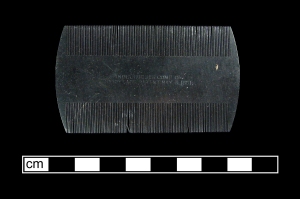
Figure 2. The vulcanized rubber comb is stamped “India Rubber Comb Co. Goodyear Patent May 6, 1851”.
When I found this vulcanized rubber lice comb in a Baltimore privy (Figures 1 and 2), I originally thought I would use it as a way to focus on public sanitation and the increasing importance of public health beginning in the second half of the nineteenth century. It seemed that a discussion of drains, sewers, street cleaning and clean water supplies was in order. But as I dug a little deeper into sources for the blog, another direction began to emerge. With the arrival of winter, many people I know are battling the flu or actively trying to avoid getting it. Thus, in this season of communicable disease, the comb became a way to discuss epidemics and, in particular, typhus epidemics. Continue reading

